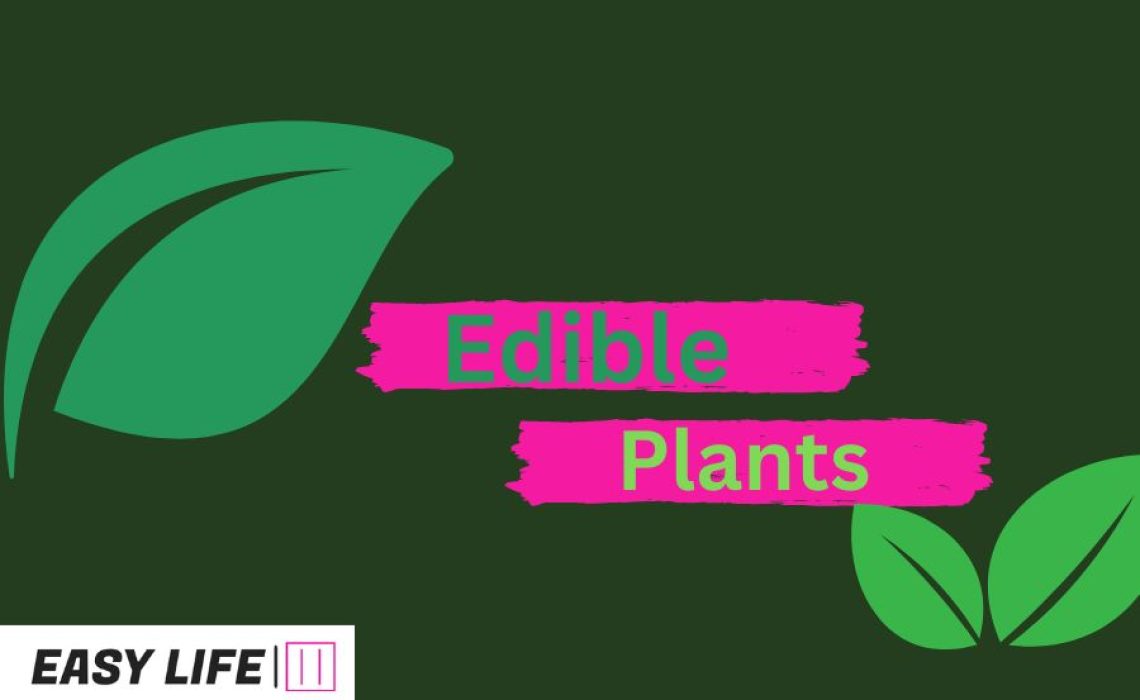Foraging in the wild involves learning about local edible plants, their habitat, and seasonality. Start by educating yourself through expert-guided workshops or reliable resources. When foraging, observe the plant’s appearance in different growth stages and cross-reference with multiple sources to confirm identification. Also, consider the plant’s growing conditions, avoid contaminated areas, and harvest sustainably. With practice and caution, you’ll successfully forage and identify edible plants in the wild. Venturing into the world of wild foraging can be an exciting and rewarding experience that connects you with nature and introduces you to a variety of edible plants. In this beginner’s guide, we’ll explore 5 edible plants you can find, harvest, and enjoy. As you start your foraging journey, remember always to practice caution and ensure you can positively identify plants before consuming them.
Table of Contents
ToggleHere are 5 Edible Plants
Dandelion (Taraxacum officinale)
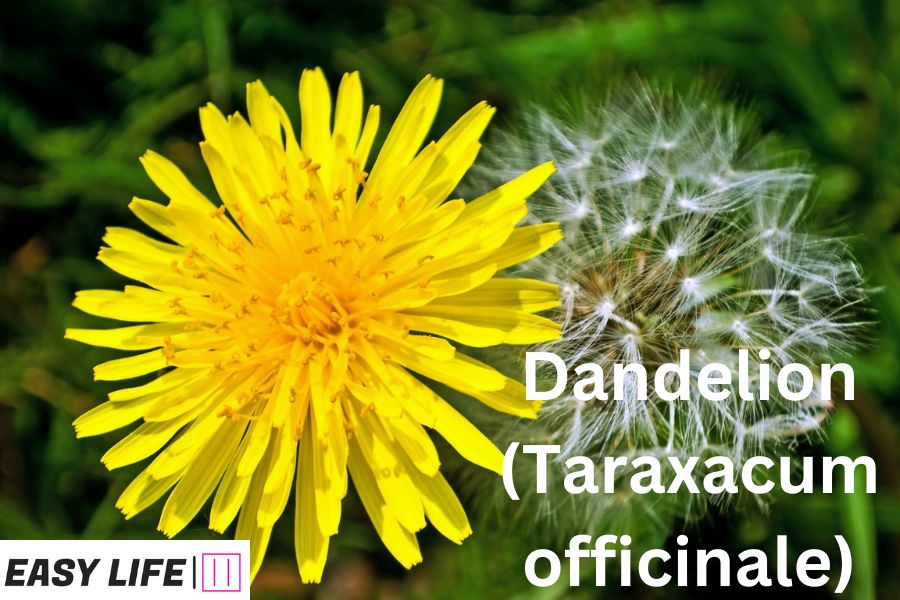
- A common sight in yards and fields, dandelions are surprisingly nutritious and versatile. The young leaves are perfect for salads, while the flowers can be used to make wine or jelly. Even the roots are edible and can be roasted as a coffee substitute or cooked like a vegetable. Dandelions are abundant and easy to identify, making them an excellent choice for beginners.
Nettles (Urtica dioica)

- Nettles, though notorious for their stinging properties, are a nutritional powerhouse when cooked. They can be found in woodlands, along hedgerows, and in disturbed soils. To harvest nettles, wear gloves to protect your hands from their sting. Once cooked, nettles lose their sting and can be enjoyed in soups, stews, or as a sautéed green.
Wild Garlic (Allium ursinum)
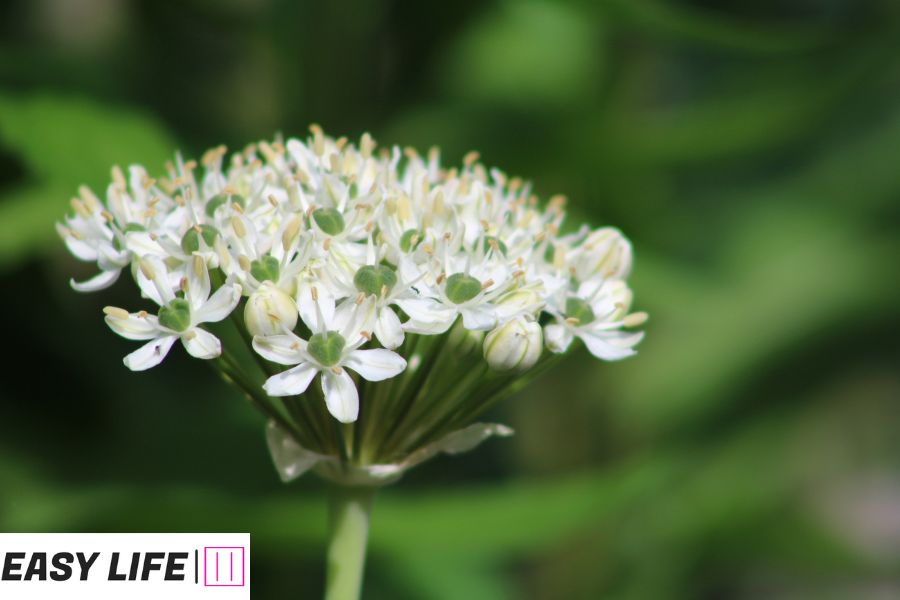
- Wild garlic, also known as ramsons, can be found in damp woodlands and near streams. Their leaves and flowers emit a strong garlic scent, making them easy to identify. You can eat the leaves and flowers raw or cooked, providing a milder garlic flavour. Try wild garlic in pesto, salads, or as a seasoning in various dishes.
Wood Sorrel (Oxalis acetosella)
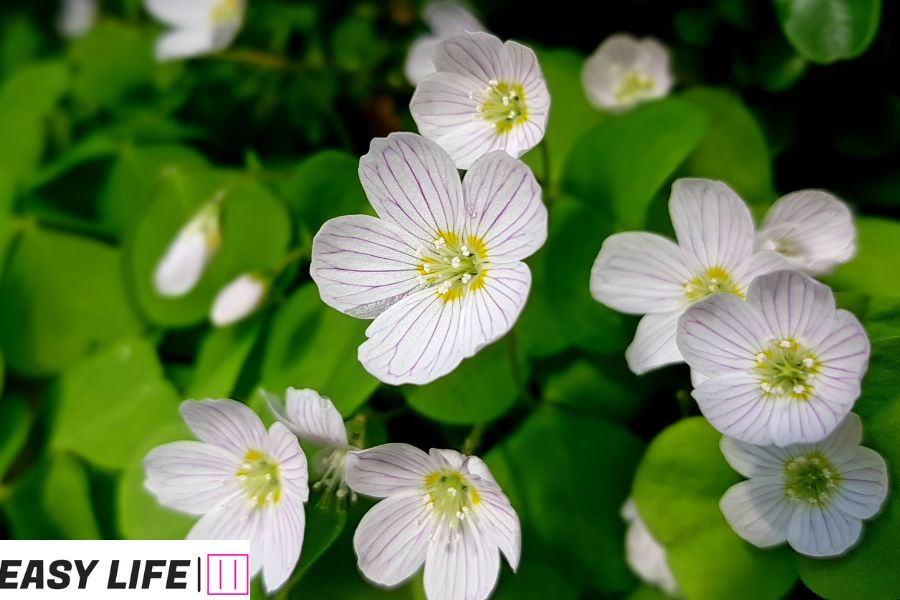
- Wood sorrel, with its heart-shaped leaves and delicate white flowers, adds a refreshing, lemony tang to dishes. You can find wood sorrel in woodlands and shady areas. The leaves can be enjoyed raw in salads or cooked in soups and sauces. However, consume wood sorrel in moderation, as it contains oxalic acid, which can be harmful in large amounts.
Blackberries (Rubus fruticosus)
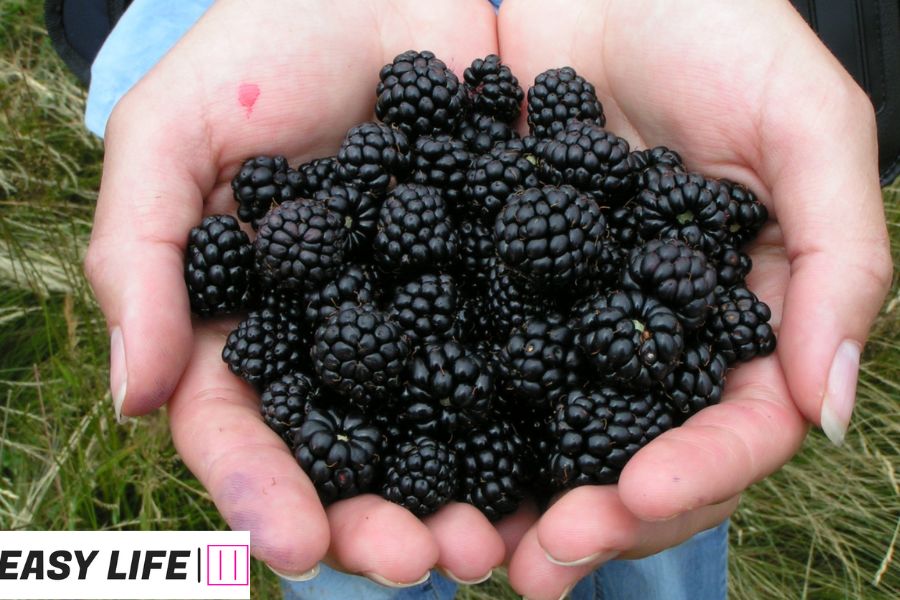
- Blackberries are a delicious and easily recognizable fruit found in hedgerows, woodlands, and along the edges of fields. These versatile berries can be used in jams, pies, and smoothies, or simply eaten fresh. Blackberries are also rich in antioxidants, providing additional health benefits.
Conclusion: 5 Edible Plants
Wild foraging is a fantastic way to explore nature and enjoy the bountiful 5 edible plants around us. By learning to identify and harvest dandelion, nettles, wild garlic, wood sorrel, and blackberries, you’ll open up a world of new flavours and textures. Always exercise caution when foraging, ensure you can positively identify plants, and harvest sustainably. With patience and practice, you’ll become an expert forager in no time!
Read about climate change: What Are the Top 5 Causes of Climate Change?
FAQ
Q: How do you forage in the wild and identify edible plants?
Q: What type of wild plants can you eat?
A: The types of wild plants you can eat depend on your location and season. Some common edible wild plants include dandelions, nettles, wild garlic, wood sorrel, and blackberries. Always ensure positive identification, proper preparation, and sustainable harvesting when foraging for edible plants to enjoy them safely.
Q: Is it safe to eat wild plants?
A: Eating wild plants can be safe if you follow essential guidelines: positively identify plants, learn about toxic species, test for allergies, prepare plants correctly, avoid contaminated areas, observe seasonal changes, harvest sustainably, and exercise caution with fungi. Adhering to these precautions ensures a safer and more enjoyable foraging experience.
Q: What wild grass is edible?
Q: What are wild vegetables?
A: Wild vegetables are naturally occurring plant species that grow in the wild without human cultivation. They offer various flavours, textures, and nutrients, often similar to their cultivated counterparts. Wild vegetables can be found in forests, meadows, and along streams or roadsides, depending on the species. Examples of wild vegetables include wild garlic, nettles, dandelion, wood sorrel, purslane, and chickweed. When foraging for wild vegetables, it’s crucial to accurately identify the plant, avoid contaminated areas, and harvest sustainably to ensure a safe and enjoyable experience.
Q: What flowers are edible?
- Nasturtiums (Tropaeolum majus): You can use the slightly peppery-tasting nasturtium flowers in salads or as a garnish.
- Pansies (Viola × wittrockiana): Enjoy the mild, slightly sweet flavour of pansies in salads, desserts, or as a decorative garnish.
- Marigolds (Tagetes spp.): Add tangy, citrusy marigolds to salads or use them as a garnish.
- Borage (Borago officinalis): These star-shaped flowers have a mild cucumber-like flavor, making them perfect for salads or cold beverages.
- Lavender (Lavandula spp.): With its sweet, floral flavor, lavender can be used in baked goods, beverages, or as a garnish.
- Hibiscus (Hibiscus spp.): You can use the tart, cranberry-like flavored hibiscus flowers in teas, jams, or sauces.
- Rose (Rosa spp.): Delicate and sweet, rose petals enhance desserts, beverages, or garnishes.
- Elderflower (Sambucus nigra): Elderflowers, sweet and fragrant, work well for making cordials, syrups, or fritters.
- Violets (Viola spp.): With their sweet, floral taste, violets can enhance salads, desserts, or garnishes.
- Chamomile (Matricaria chamomilla): Chamomile flowers, known for their calming properties, are perfect for herbal teas or as an addition to baked goods..
Remember to positively identify flowers, avoid flowers treated with pesticides or chemicals, and consume in moderation. Some individuals may be allergic to certain flowers, so always test for personal allergies before consuming large amounts.

